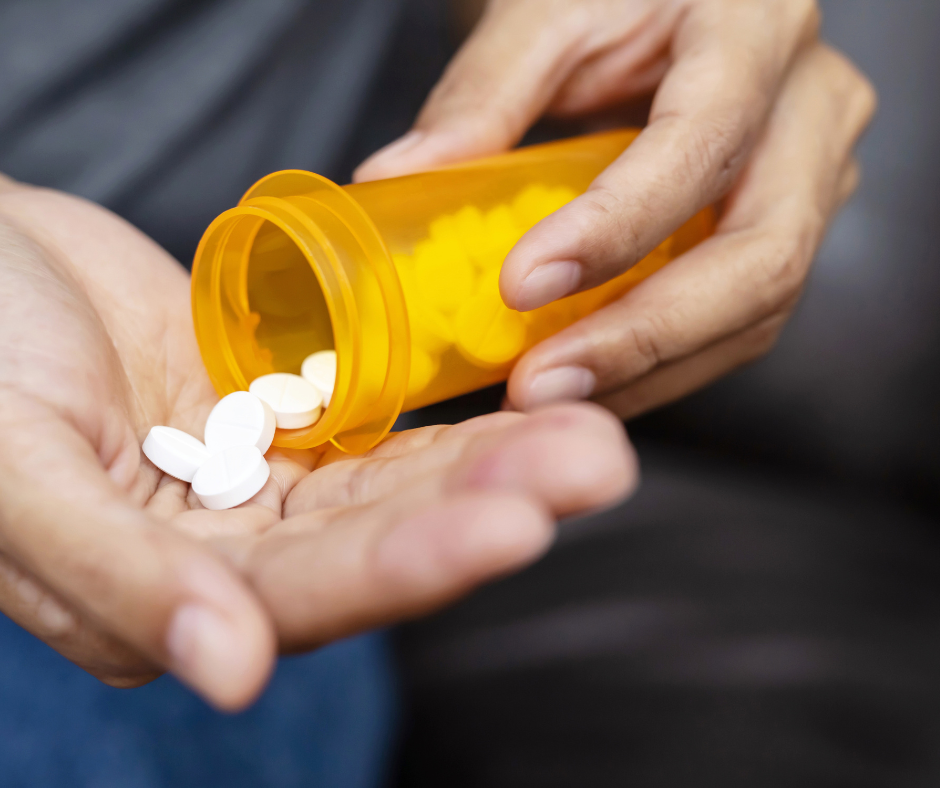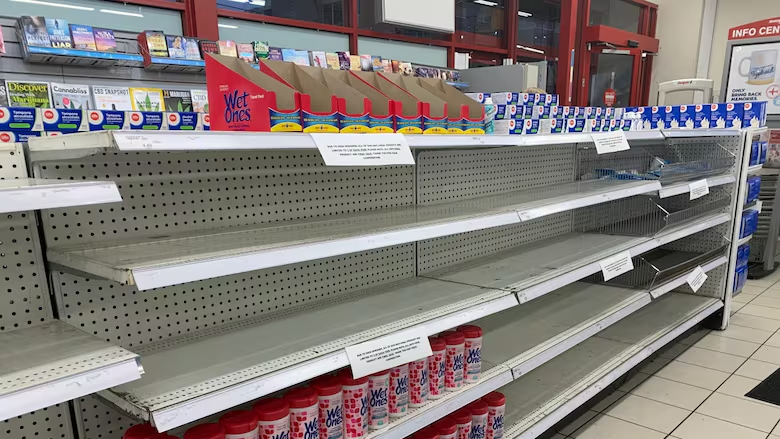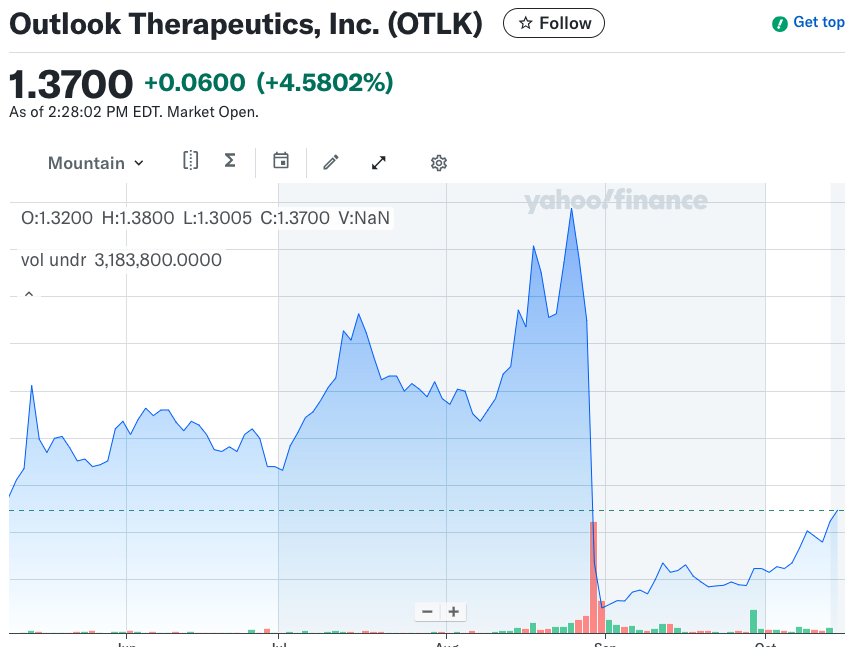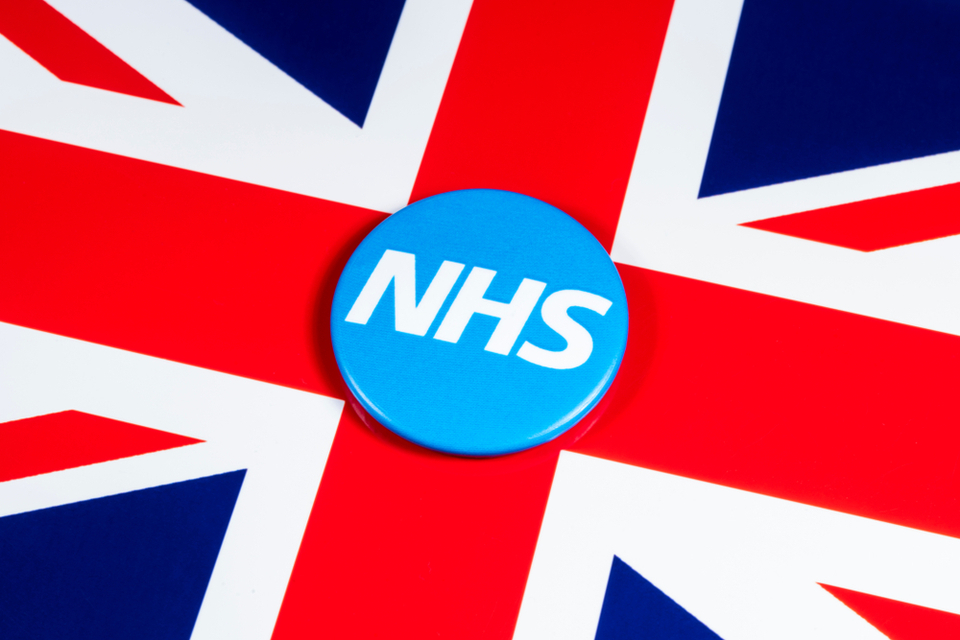The FDA’s Off-Patent, Off-Exclusivity Drugs without an Approved Generic list highlights pharmaceutical products that are no longer protected by intellectual property or exclusivity rights yet still lack generic competition. While at first glance this list appears to represent a clear map of untapped commercial opportunities, real-world analysis tells a more complex story. Many of these drugs remain without generics not because of oversight but due to regulatory, clinical, or economic barriers that make development unappealing or unfeasible.
What factors make the development of some generics profitable while rendering others nearly impossible? What barriers and economic realities shape this process? Let’s examine specific cases.
From the List to the Market: Drugs That Finally Got Generics
Atropine Sulfate (NDA 213581, 208151)
Atropine is one of the most well-known drugs used in ophthalmology and cardiology. Its chemical structure is simple, its pharmacokinetics are well understood, and its production does not require complex technologies.
In the United States, the price of atropine eye drops varies, but generics are significantly cheaper than their branded counterparts. Low production costs and streamlined regulatory approval facilitated the rapid entry of generics into the market. The first generic versions were introduced by Bausch Health, Akorn, and Sandoz between 2020 and 2021, leading to a substantial reduction in prices and increased accessibility.
Tazarotene (Tazarotene Cream, NDA 21184)
Tazarotene, a synthetic retinoid used for treating acne and psoriasis, has a relatively simple formulation, making its production straightforward. Due to the strong demand for dermatological treatments, generic versions of tazarotene entered the market quickly. Companies such as Glenmark Pharmaceuticals, Perrigo, and Taro Pharmaceuticals launched affordable alternatives to the branded Tazorac.
The price difference is striking: the branded Tazorac costs approximately $535.05 for a 30g tube of 0.1% cream, while generic versions start at $51.59. This has significantly reduced financial burdens on patients and improved treatment accessibility.
Generics That Never Made It: Barriers and Market Realities
Goserelin Acetate (Implant, NDA 20578, 19726)
Goserelin Acetate remains an exception in the generics market despite its clear niche and significant sales. AstraZeneca developed Zoladex, an implant that provides extended release of gonadotropin-releasing hormone (GnRH). The price of the 3.6 mg implant is $1,107, while the 10.8 mg version costs $3,058. Despite its high cost, patients have almost no alternatives.
The primary barrier is production technology. The implant must provide controlled hormone release over several months, maintain stable bioavailability, and be sterile. Manufacturing requires highly specialized equipment, and developing an equivalent version without access to the original technology is a significant challenge. Additionally, the FDA mandates bioequivalence and identical physiological effects, necessitating prolonged clinical trials that make generic development economically unviable.
In 2017, AstraZeneca sold the U.S. and Canadian rights to Zoladex to TerSera Therapeutics for $250 million. In 2016, Zoladex sales in the U.S. and Canada totaled $69 million, with global sales reaching $816 million. However, the U.S. market proved too small to justify the costs of developing a generic.
Riluzole (Film, NDA 212640)
Riluzole in film form (Exservan) serves as another example of how an innovative dosage form failed to meet commercial expectations. Designed for patients with amyotrophic lateral sclerosis (ALS) who struggle with swallowing, Exservan aimed to improve treatment adherence.
However, its price was prohibitively high: $3,319 for 60 films compared to $341 for 60 riluzole tablets. This rendered the product non-competitive, especially given the availability of alternative dosage forms. In 2021, Mitsubishi Tanabe Pharma America obtained commercialization rights for Exservan but announced in 2024 that it would discontinue the product due to “commercial reasons.”
Drugs Without Generics: Complex Cases and Market Barriers
Mannitol 10% in Plastic Containers (NDA 013684)
The 10% solution of mannitol in plastic containers has no generic versions despite the availability of multiple forms of this osmotic diuretic on the market. The reason is that this product has carved out a specific niche, and existing users continue to rely on it. Given the presence of alternative mannitol formulations, generic manufacturers see little economic incentive to invest in developing this particular presentation.
Pentosan Polysulfate Sodium
This polysaccharide, derived from beechwood bark, is used to treat interstitial cystitis. Its production process involves complex extraction and chemical modification stages, making it difficult to replicate. Strict bioequivalence requirements and the absence of patent protection have not facilitated the development of generics—no manufacturer has yet succeeded in creating an equivalent version.
Dinoprostone (Vaginal Suppositories)
Dinoprostone is used for labor induction, but its extended-release form demands precise control overactive ingredient release. Stringent FDA clinical trial requirements and high development costs make generic production economically unviable. The original drug costs approximately $230–$300 per dose, and the absence of competition keeps prices high. The need for extensive bioequivalence validation, including long-term trials to confirm identical clinical effects, makes this market segment unattractive to generic manufacturers.
Conclusion: Opportunities and Obstacles for Generics
The FDA’s list of drugs without approved generics serves as a strategic tool for pharmaceutical companies, but it does not guarantee an open market. Technological challenges, stringent regulatory requirements, and economic constraints often make generic production unfeasible. However, in cases where manufacturing is straightforward and demand is strong, companies successfully introduce generics, reducing treatment costs and expanding access to essential medications.
Open the full market picture for your next decision →



